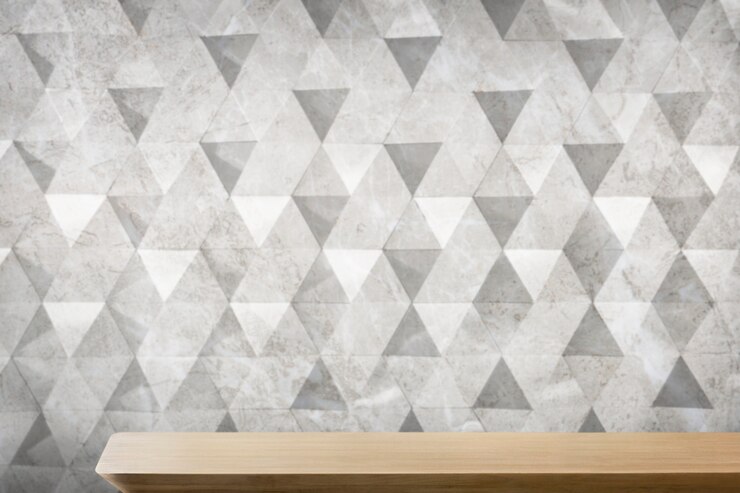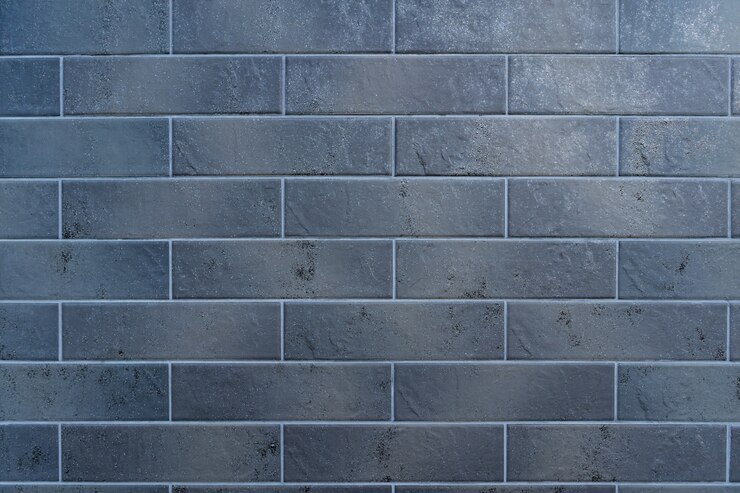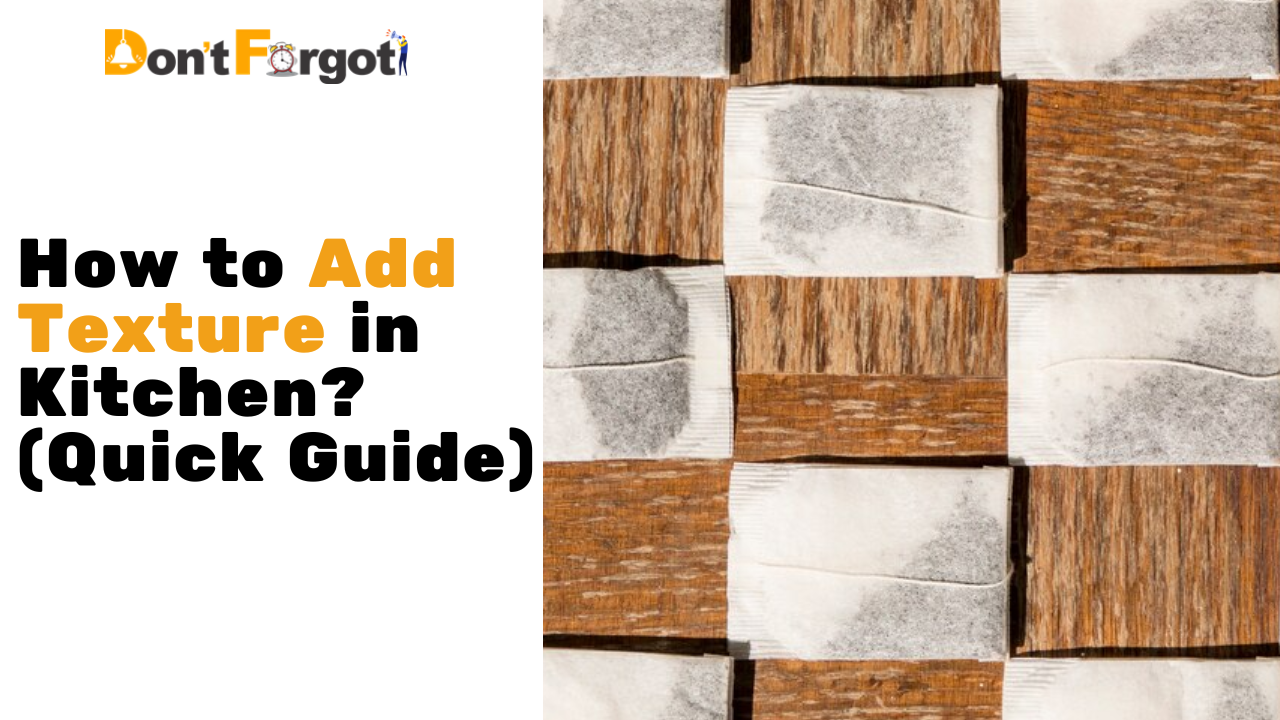Adding texture to your kitchen can transform it from a simple cooking space into a lively, inviting area. Textures add depth, interest, and warmth, making the heart of your home feel more personalized and welcoming. From the sleek, tactile feel of polished stone to the rustic charm of exposed brick, incorporating different textures can enhance both the aesthetics and functionality of your kitchen.
Whether you’re renovating or just looking for a quick update, understanding how to effectively use textures is essential.
In this guide, we’ll explore various ways to add texture to your kitchen, offering practical tips and creative ideas that will help you achieve a balanced and stylish look.
Key Takeaways
- Incorporating diverse textures can enhance the visual and tactile appeal of your kitchen.
- Textured surfaces, such as backsplashes, walls, countertops, and floors, can add depth and interest to your kitchen design.
- Rough, matte, and natural materials can create a tactile experience and showcase your unique style.
- Layering different textures can add depth and dimension to your kitchen.
- Carefully selecting and combining textures can help you achieve your desired aesthetic, whether it’s contemporary, rustic, or somewhere in between.
The Significance of Texture in Kitchen Design
Texture is key in kitchen design, adding depth and visual interest. By using textured elements, you can make your space stand out. Textured kitchen backsplashes, walls, and countertops bring character to your kitchen. Textured floors and cabinetry offer a tactile experience that engages the senses. Exploring different kitchen design textures helps create a kitchen that looks good and feels inviting.

1. Enhancing Visual Interest
Textured surfaces make your kitchen look more dynamic. Rough surface kitchen design elements like exposed brick or stone contrast well with smooth surfaces. This mix of textures adds depth and makes your kitchen more engaging and memorable.
2. Creating a Tactile Experience
Tactile kitchen materials improve the user experience by inviting touch. Choosing the right textured kitchen walls or textured kitchen backsplash can make your kitchen feel welcoming. It encourages people to touch and interact, making your home’s heart feel warm and inviting.
| Texture Type | Visual Impact | Tactile Experience |
|---|---|---|
| Exposed Brick | Adds depth and character | Rough, uneven surface |
| Distressed Wood | Creates a rustic, vintage aesthetic | Uneven, slightly rough texture |
| Natural Stone | Offers a timeless, elegant look | Smooth, yet subtly uneven surface |
| Concrete | Lends an industrial, modern feel | Smooth, with a slightly gritty finish |
How to Add Texture in Your Kitchen?
Turning your kitchen into a space that looks and feels amazing is simple. You can use textured kitchen backsplashes and textured kitchen walls to add texture. Here are some top ways to bring texture into your kitchen.
For a standout look, try a textured kitchen backsplash. Natural stone like travertine or slate brings depth and character. Or, choose handcrafted ceramic tiles for a bold look. For something more subtle, consider textured kitchen walls made with limewashing or plaster.

When picking textured kitchen countertops, you have many choices. Concrete, soapstone, or textured quartz can make your kitchen unique and touchable. For the floors, textured kitchen floors like engineered wood or terracotta tiles add character.
The secret to using decorative kitchen textures is finding a balance between looks and function. Try out different kitchen texture ideas to match your space and style.
Conclusion
Adding texture to your kitchen design makes it more exciting and inviting. You can use different materials for backsplashes, walls, countertops, and floors. This way, your kitchen will look great and feel welcoming.
Texture can make your kitchen stand out. Imagine touching a smooth stone countertop or seeing a unique backsplash pattern. These touches make your kitchen more than just a place to cook. They make it a sensory experience.
When planning your kitchen, think about adding texture. There are many materials to choose from. Let your creativity guide you as you make your kitchen a reflection of your style.
FAQ (How to Add Texture in Your Kitchen?)
What are some ways to add texture to a kitchen?
- You can add texture to your kitchen in several ways. For example:
- Use a textured backsplash, like natural stone or handcrafted ceramic tile.
- Add textured walls using techniques like limewashing or plaster.
- Pick countertops with texture, such as concrete, soapstone, or textured quartz.
- Choose floors with texture, like engineered wood or terracotta tiles.
- Add textured cabinetry or wooden accents.
Why is texture important in kitchen design?
Texture is key in kitchen design for several reasons. It:
- Boosts visual interest and adds depth to the space.
- Offers a tactile experience that stimulates the senses.
- Reflects your personal style and preference.
- Helps create a visually striking and inviting kitchen environment.
How can I incorporate textured backsplashes in my kitchen?
To add a textured backsplash, you can:
- Choose natural stone, such as marble or travertine, for a rustic or elegant look.
- Opt for handcrafted ceramic tiles with interesting patterns or glazes.
- Consider a textured subway tile, like a matte or crackle finish.
- Explore options like brick, concrete, or even reclaimed wood for a unique look.
What are some textured options for kitchen countertops?
For textured countertops, consider:
- Concrete, which can be polished or left with a natural, rough finish.
- Soapstone, known for its unique, tactile surface.
- Textured quartz, which mimics the look and feel of natural stone.
- Use butcher block or other wood countertops.
How can I add texture to my kitchen walls?
To add texture to your kitchen walls, you can:
- Use limewashing or plaster techniques for a subtle, textured effect.
- Add a brick or stone veneer for a rustic, industrial appearance.
- Opt for textured wallpaper or wall panels, like wood or grasscloth.
- Expose and highlight the natural texture of the wall material, such as drywall or plaster.
What types of textured kitchen floors are available?
For textured kitchen floors, consider:
- Engineered wood with a distressed or unfinished look.
- Terracotta or ceramic tiles with a rough, uneven surface.
- Natural stone, like limestone or slate, with inherent texture.
- Textured luxury vinyl planks or tiles.
- Concrete floors with a polished or stamped finish.

